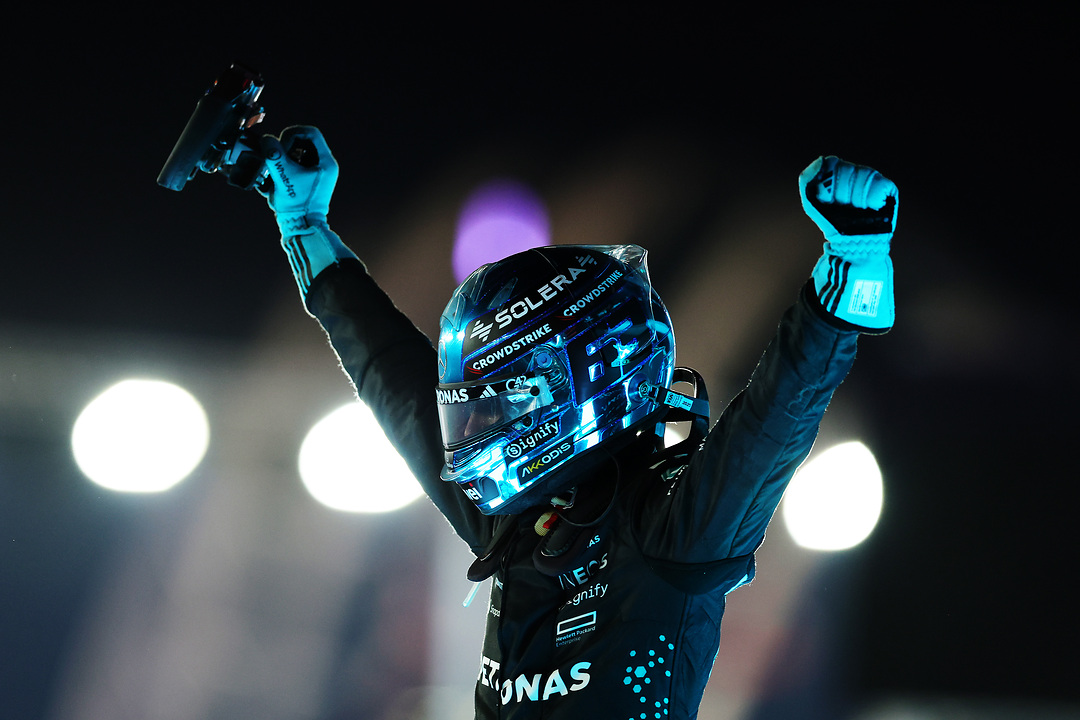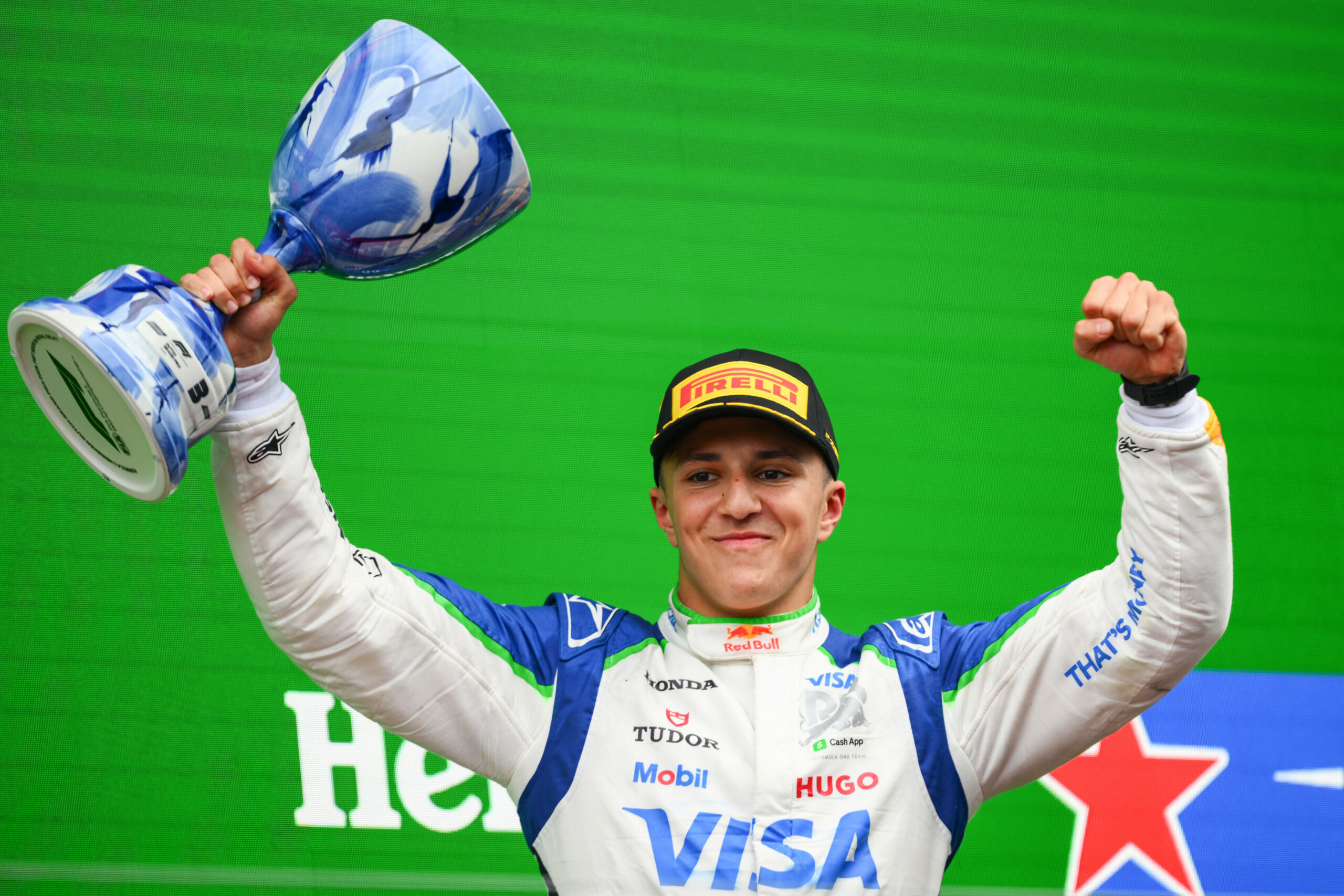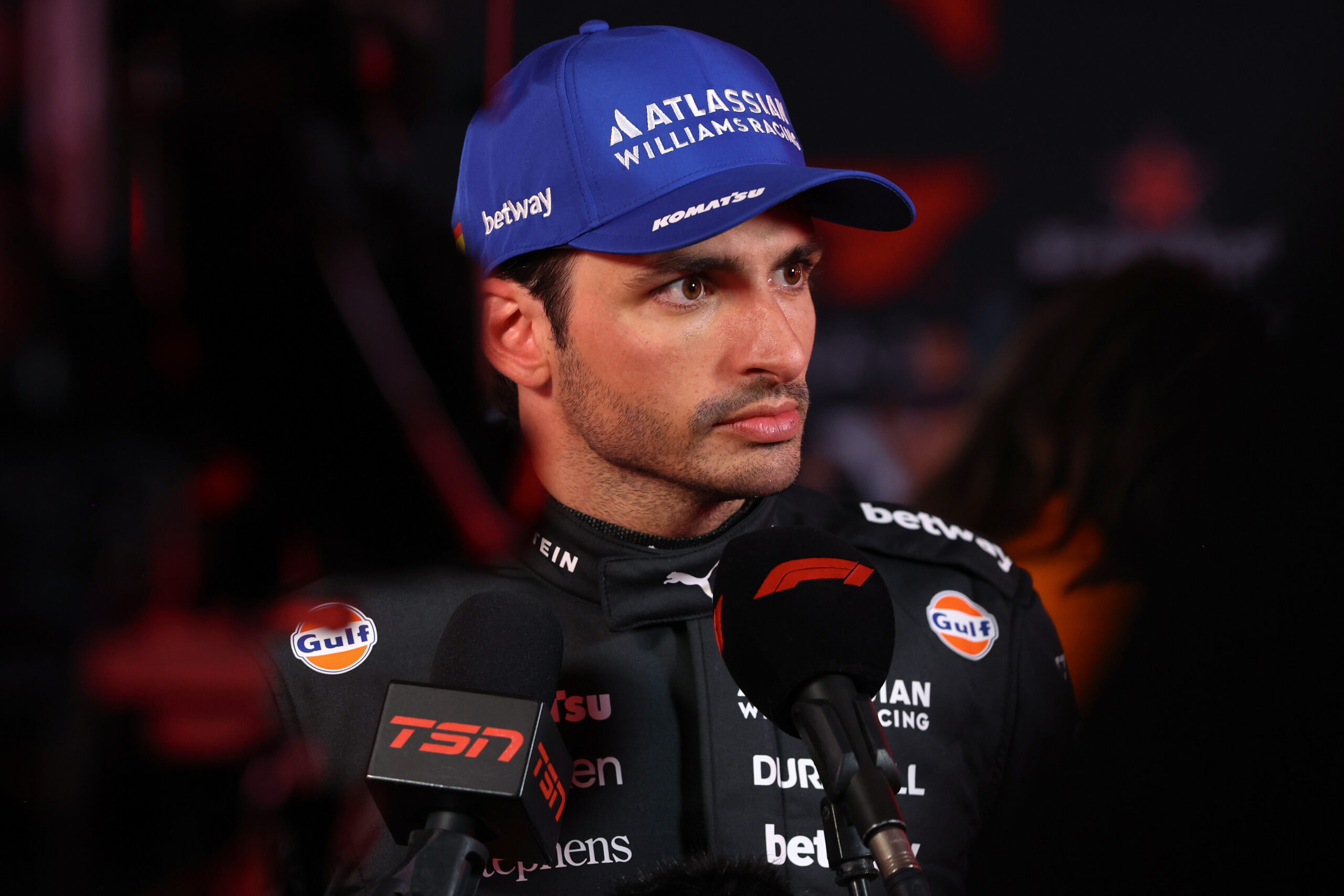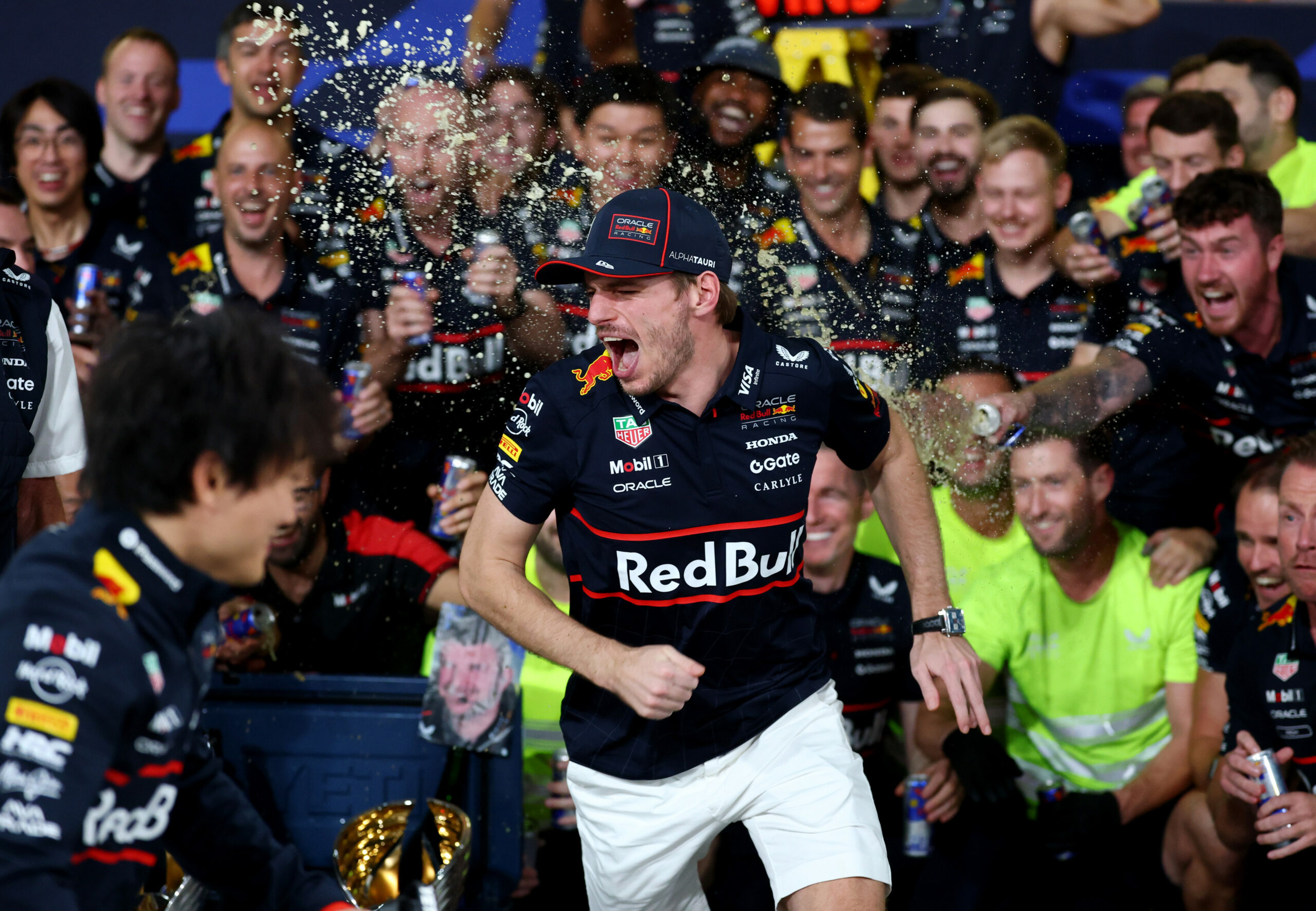
Photo: Scuderia AlphaTauri
Three races into the season, teams are having quite a bit of time away from track to concentrate on the first sets of upgrades that, in many cases, will be making their debuts on the single-seaters in Baku.
Down in Faenza, however, they started out early and brought a first updated package at the Australian Grand Prix, one they had been working on for quite awhile already.
“It works on a large part of the things that we had identified as possible weaknesses,” Technical Director Jody Egginton told media in Melbourne.
“When we were developing the car over the winter, we set ourselves targets for development and other aspects. We achieved some of those targets and didn’t achieve others,” he went on explaining.
“This update goes some way to addressing that. We started working on this package before we’d run the car. And it actually just provides all the benefits we need in the areas we’ve proven we’ve got to work on.”
The team had it quite clear what was the main area of improvement for the AT04 and developed a revised floor and diffuser on time to hit the asphalt of the Albert Park.
“It’s the first step, there’s a lot more to come. But it is delivering in the areas where we think we’ve got to make the biggest gains to get closer to our rivals, so we are reasonably happy with that.”
“Obviously low speed aero performance is a target in every team,” he remarked. “And that’s one of the targets we didn’t quite nail pre-season. The updates we’re bringing now, amongst some other things, they’re intended to improve low-speed entry stability.”
“We’re looking to make the car more stable on low-speed entry into corners. So then the drivers can push harder at late entry. And there’s performance to come from that.”
Unexpectedly, AlphaTauri got to see the new floor in comparison to the original specs over the entire Australian weekend. After suffering some damage on the lower part of his car during FP1 Yuki Tsunoda had to run without upgrades, while his teammate Nyck de Vries tested it out from FP2 onwards.
An unfortunate turn of events, but that made it even clearer that the new floor worked as expected.
Performance wise, because paradoxically in terms of finishing positions it was the older AlphaTauri that had it better, as de Vries was forced to retire following a shunt with Logan Sargeant’s Williams at the last restart after the red-flag.
At AlphaTauri, says Egginton, they “were in no doubt” about what they wanted to work on in order to enhance the performance of the car.
“We were looking to improve rear load at high rear ride heights in a very basic sense. And it’s the load drop-off of these ride heights at the moment which causes our instability.”
“If we’ve improved the rear load on the entry phase, if you’ve got more rear load, you’ve got more stability. And we’re working on trying to carry that further into the corner, so that the driver can push harder towards late entry apex.”
“The changes we’ve made with floor fence camber, trying to control the strength and position of the floor vorticities and diffuser expansion and reducing tyre wake loss: it’s all part of that.”
Changes that made it possible to gain more aerodynamic balance and stability when entering corners.
“At the end of the day, put in very simple terms, we’re looking to carry more load into the corner, so the driver can push harder.”
And they certainly will be looking to push harder in the upcoming races, given that they are heading to Baku with only one point in the constructors standings.
The path for development seems to be paved and concentrated on one aspect above all: the floor.
“The floor is the big device, with the most authority to achieve that,” said Egginton.
“That’s why it’s the first probably five or six steps this year, on floor development.”





